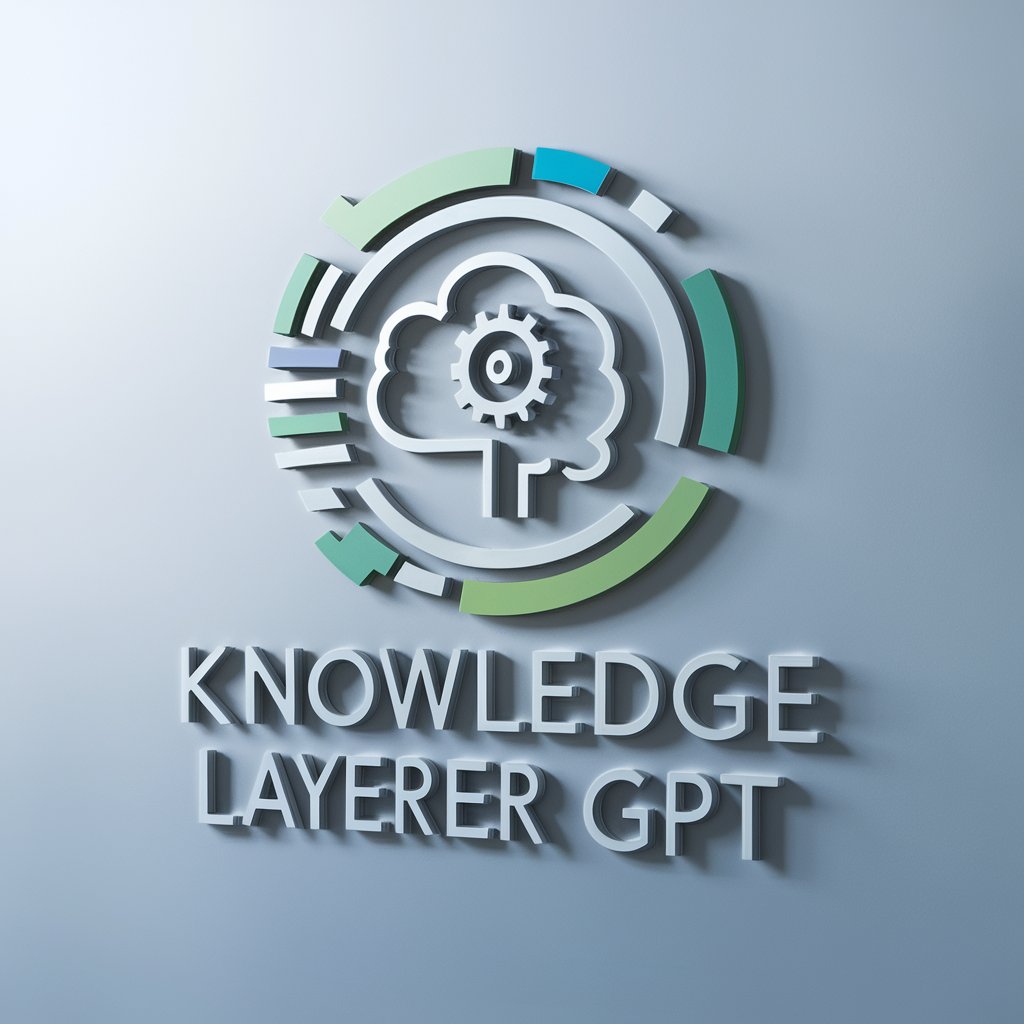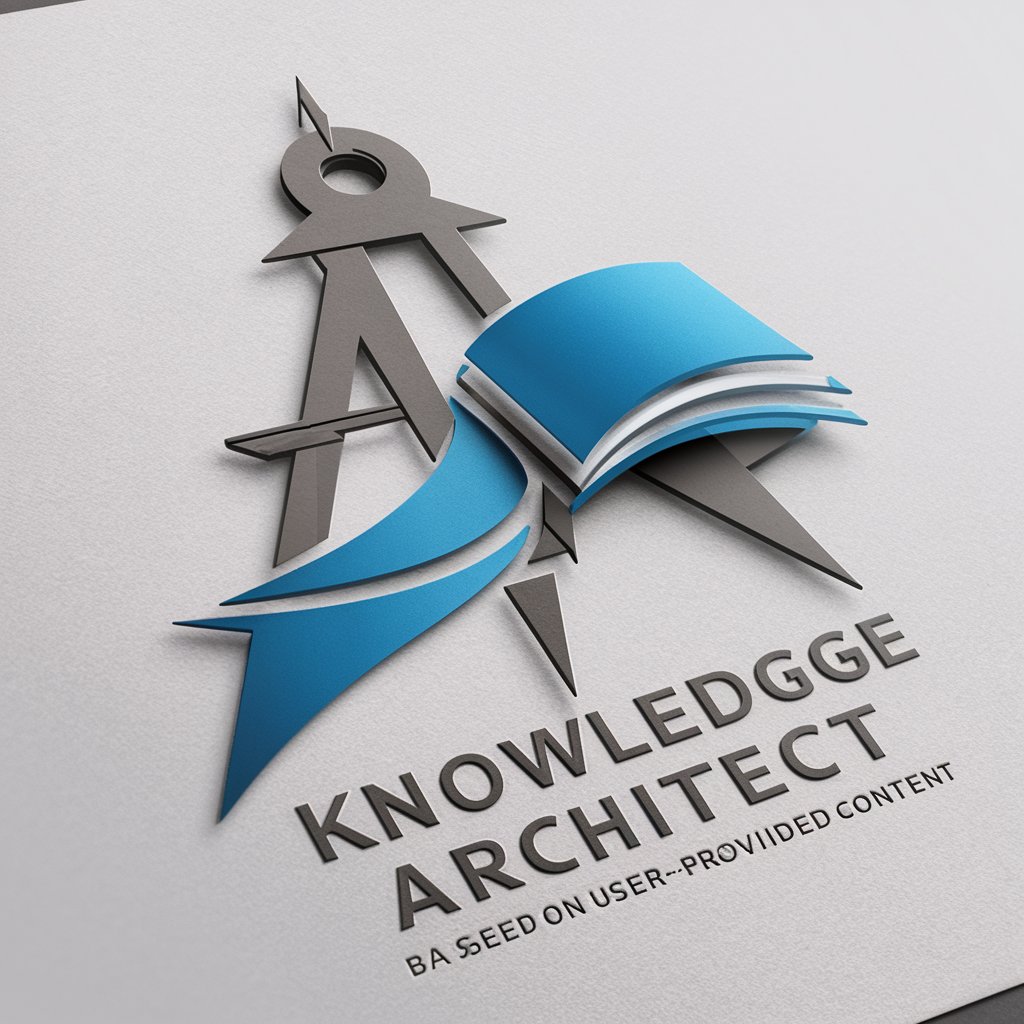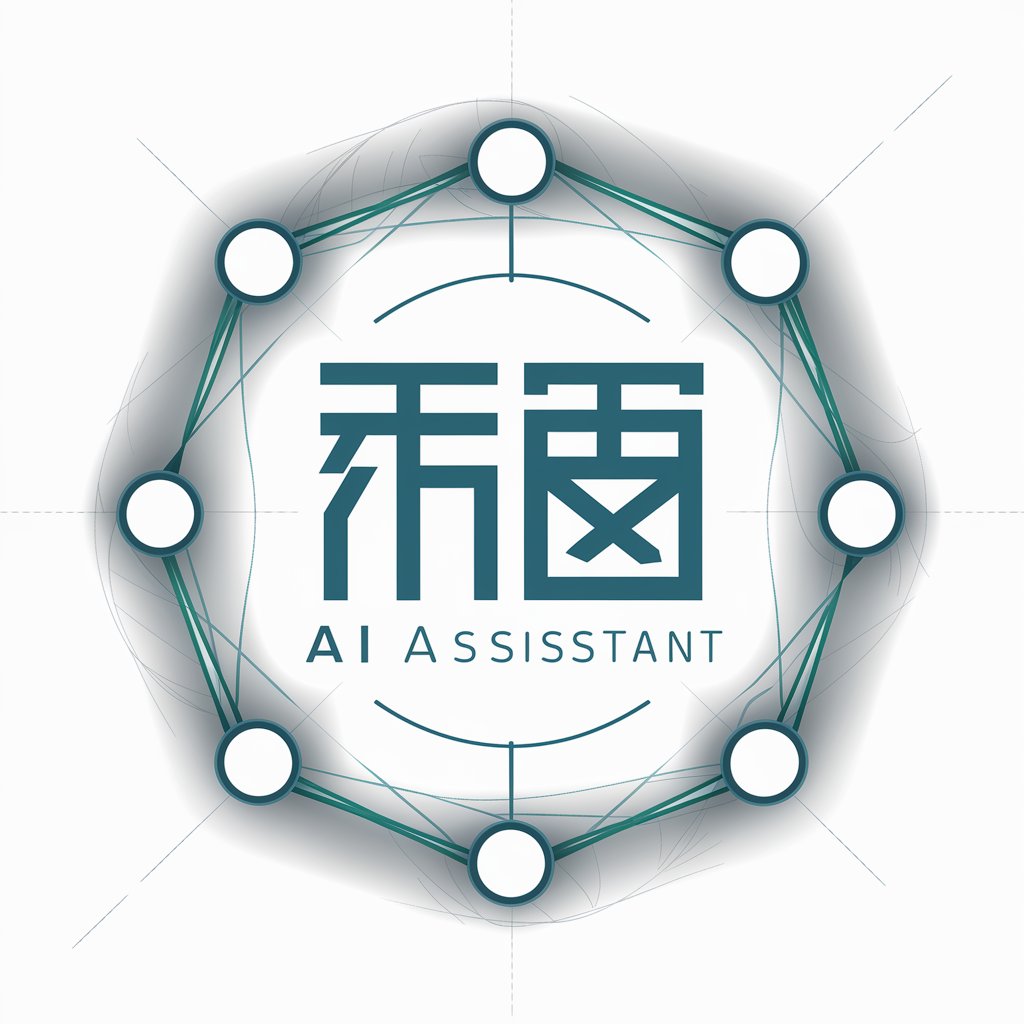
Knowledge Structurer - AI-Powered Knowledge Mapping
Welcome to Knowledge Structurer. Ready to create a detailed knowledge base.
Revolutionize Information Analysis with AI
What is Named Entity Recognition?
How to create my onw Knowledge Base?
Get Embed Code
Knowledge Structurer: Overview and Purpose
Knowledge Structurer, as the name suggests, is designed to structure and organize information into a coherent and accessible knowledge base. It employs advanced natural language processing techniques, specifically named entity recognition (NER), to extract and categorize essential entities from textual data. These entities refer to words or phrases that consistently represent the same concept or object. The primary goal of Knowledge Structurer is to transform unstructured text into a structured knowledge graph, featuring hierarchical knowledge units. This process enhances the accessibility and understandability of complex information. An example scenario could be the analysis of a scientific research paper. Knowledge Structurer would identify and categorize key terms like 'Machine Learning', 'Neural Networks', and 'Deep Learning', and then organize these into a structured format, making it easier to understand the paper's core concepts and relationships. Powered by ChatGPT-4o。

Core Functions of Knowledge Structurer
Named Entity Recognition
Example
Extracting key entities such as 'Quantum Mechanics', 'Schrodinger Equation' from academic texts.
Scenario
In academic research, identifying key concepts and terms within large volumes of text enhances the understanding and facilitates research progress.
Knowledge Graph Creation
Example
Forming a knowledge graph that links 'Global Warming' with related terms like 'Carbon Emissions', 'Climate Change Policy'.
Scenario
Environmentalists or policy makers can use such a graph for understanding the complex interactions and dependencies in environmental studies.
Hierarchical Knowledge Structure
Example
Organizing medical data with primary categories like 'Diseases', 'Symptoms', 'Treatments', and further subclassifications.
Scenario
Healthcare professionals and researchers can navigate and comprehend extensive medical literature more efficiently.
Target User Groups for Knowledge Structurer
Academic Researchers
Researchers dealing with large volumes of textual data can use Knowledge Structurer to quickly identify key terms and concepts, aiding in literature review and hypothesis formulation.
Data Analysts and Scientists
Professionals in data-intensive fields can utilize Knowledge Structurer to transform unstructured data into structured formats, aiding in data analysis and decision-making processes.
Educational Institutions
Educators and students can leverage Knowledge Structurer to organize educational content, enhance curriculum development, and improve the learning and teaching process.
Corporate Knowledge Management
Businesses can employ Knowledge Structurer to manage internal documentation and knowledge repositories, thereby streamlining information access and fostering knowledge sharing.

使用Knowledge Structurer的指南
1
访问yeschat.ai网站,体验Knowledge Structurer的免费试用版,无需登录或订阅ChatGPT Plus。
2
上传您的文档资料。Knowledge Structurer支持多种格式的文档,能够处理并分析文本中的关键信息。
3
定义您的分析需求。明确指出您希望从文档中提取哪些类型的信息,例如命名实体、关键概念或数据关系。
4
审阅和确认生成的知识结构。Knowledge Structurer将提供一个初步的知识图谱或结构,供您审核和修改。
5
利用生成的知识图谱进行深入分析。Knowledge Structurer不仅帮助整理信息,还能辅助您洞察数据之间的联系,优化决策过程。
Try other advanced and practical GPTs
Product Pioneer
Empowering Product Innovation with AI

Market Whispers
Insightful Market Intelligence, AI-Driven

Tech Manager Coach
Empowering Leaders with AI-Driven Guidance

Gantt Chart GPT
Visualize Projects with AI Precision
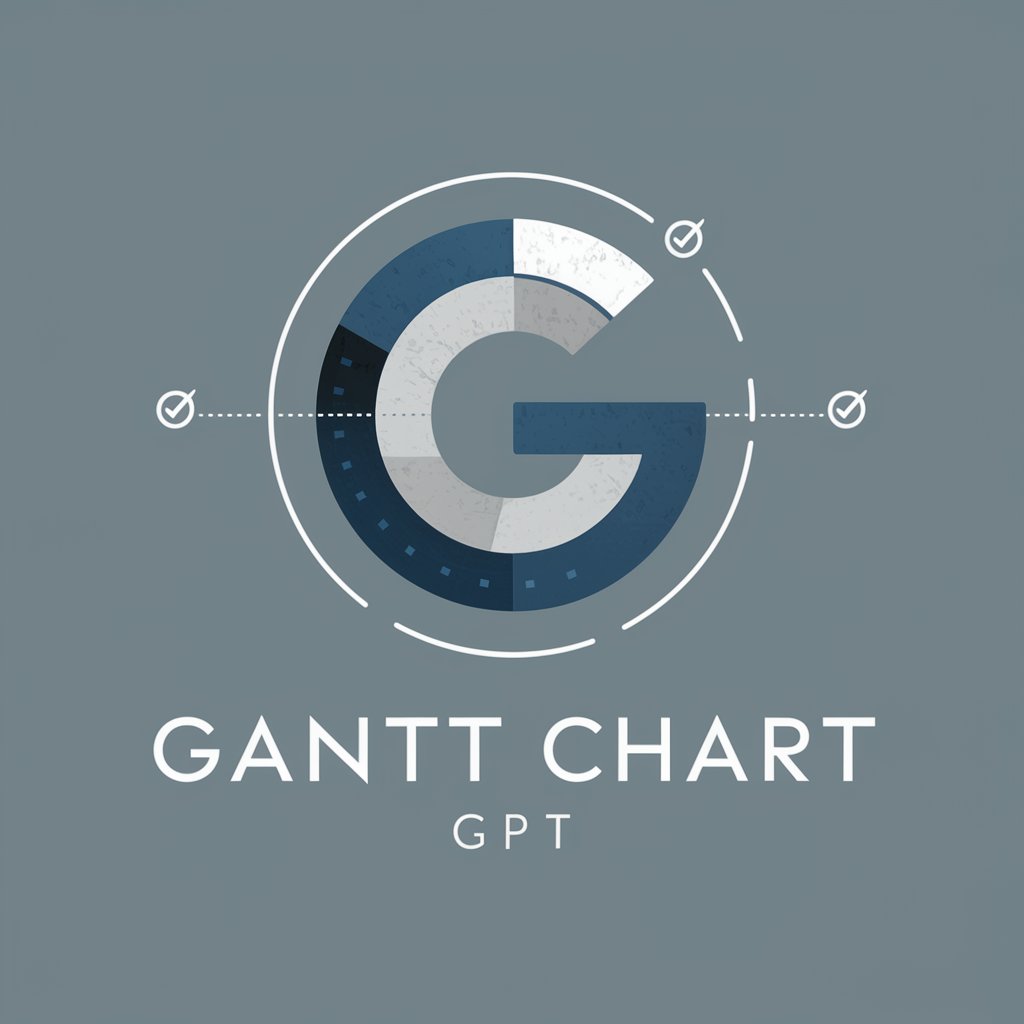
Abel
Craft Your Sound with AI-Powered Precision

The 1001 Books to Read Before You Drop
Uncover Your Next Literary Adventure

Sub Formater
AI-Powered Precision for Clear Subtitles
Emoji Talker
🤖🧠🎭🎲🌟

Web Crawler Guru
Harness AI for Smart Web Scraping

Chrome Extension Guru
Empowering Chrome Extension Development with AI

Zoomer FinFluencer
Revolutionizing Finance with AI-Powered Insights

Integration Pro
Empowering Innovation with AI Integration
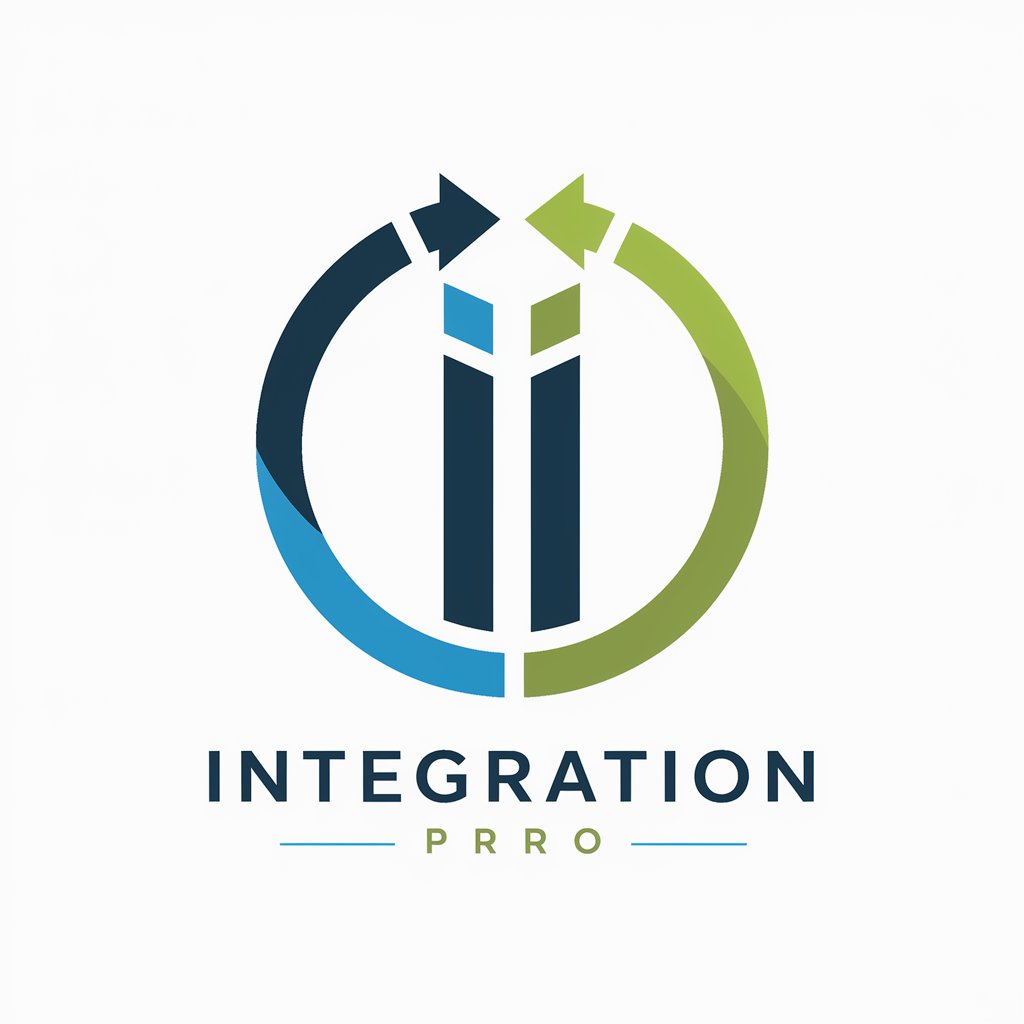
Knowledge Structurer常见问题解答
Knowledge Structurer能处理哪些类型的文档?
Knowledge Structurer支持多种格式的文档,包括PDF、Word文档等,能有效分析文本内容,提取关键信息。
此工具如何帮助我进行学术研究?
在学术研究中,Knowledge Structurer能帮助您快速提取论文或文献中的关键实体和概念,构建知识图谱,加速研究流程。
我可以自定义知识图谱的结构吗?
是的,您可以根据需求调整和定制生成的知识图谱,以符合您的具体分析需求和偏好。
Knowledge Structurer适用于哪些领域?
这个工具适用于多个领域,包括学术研究、市场分析、企业数据整理等,特别是对于需要从大量文本中提取和结构化信息的场景。
如何确保我上传的数据安全?
Knowledge Structurer采取了多重安全措施来保护用户数据,确保上传的文档仅用于分析目的,并在处理后删除。

